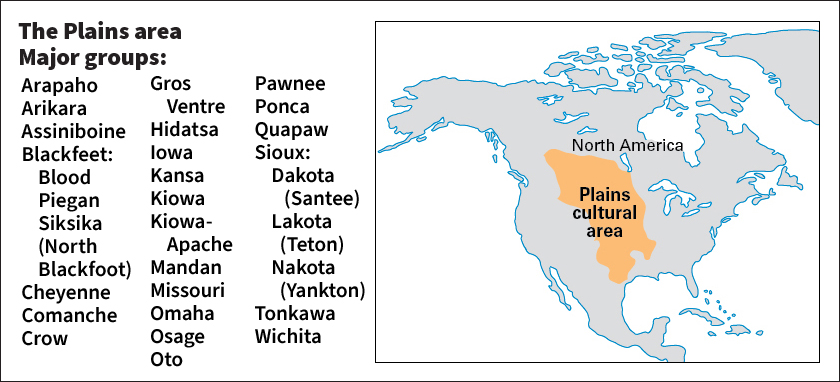Mandan are a Native American tribe that has lived in western North Dakota, along the Missouri River, for more than 500 years. The Mandan were originally village dwellers and lived in large, earth-covered lodges. They hunted and also cultivated fields of beans, corn, squash, sunflowers, and tobacco. The early Mandan exchanged their crops for goods that other tribes brought to their villages. During the 1700’s, the Mandan began to trade with European explorers and traders.

In 1837, a smallpox epidemic nearly wiped out the Mandan. The survivors found refuge in the nearby villages of the Arikara and Hidatsa tribes. From the 1840’s to the 1860’s, the three tribes settled on what is now the Fort Berthold Reservation in North Dakota. The tribes united and became known as the Three Affiliated Tribes.
In the late 1800’s, the U.S. government began to divide the reservation into small parcels of land, which were assigned to each eligible Arikara, Hidatsa, and Mandan. During the late 1940’s, the government took about a fourth of the reservation to build Garrison Dam, a huge hydroelectric project. Intermarriage between tribal members is common. About 7,500 individuals, many of mixed tribal ancestry, live on the reservation today.
See also Arikara; Indigenous peoples of the Americas (Peoples of the Plains).
